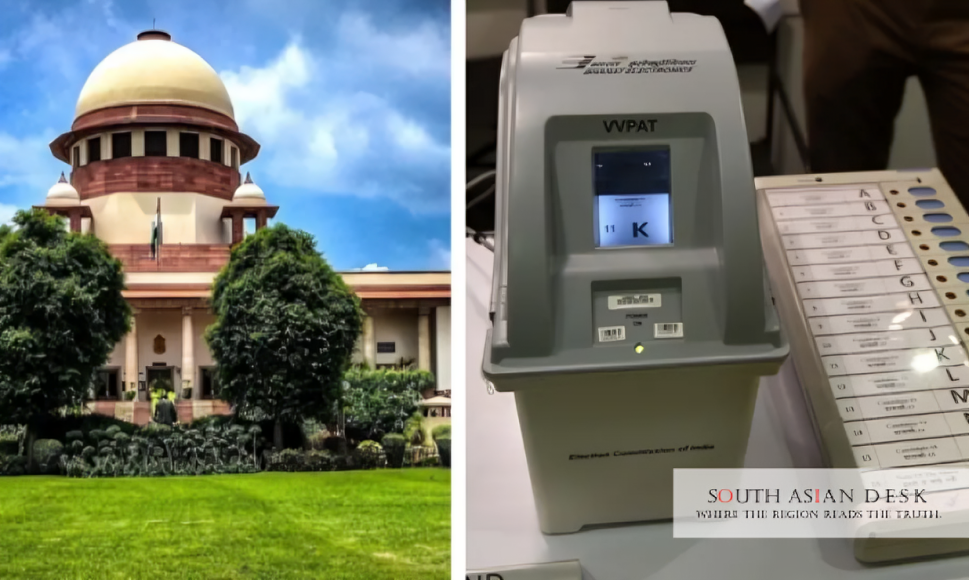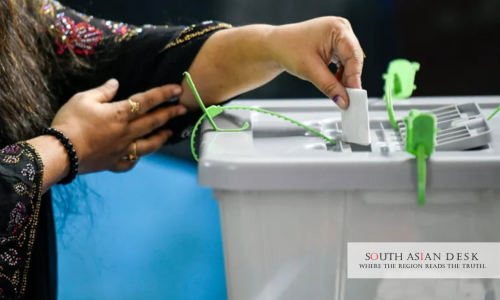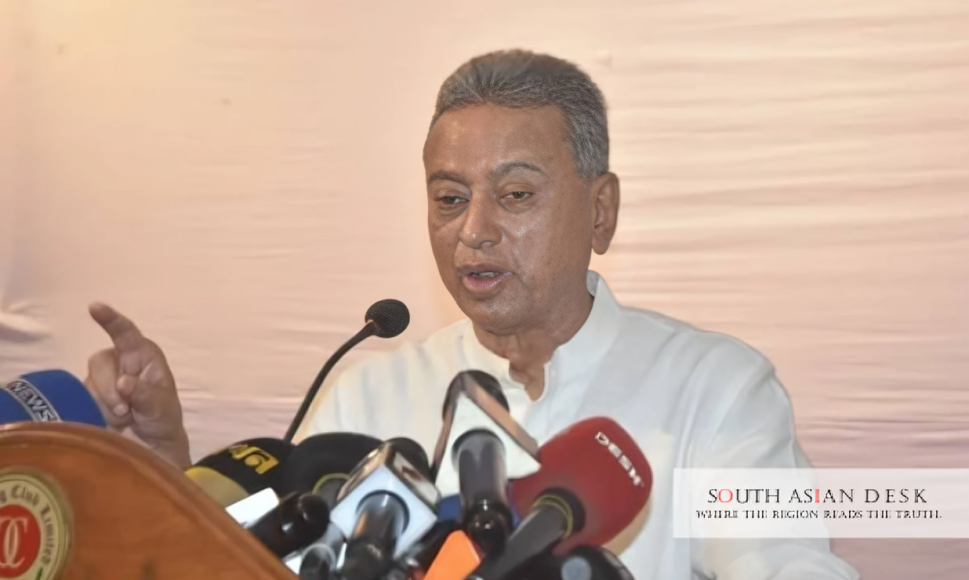The Supreme Court has overturned its own 2022 decision on village common lands in Haryana, restoring rights to proprietors and sparking fresh debate on land management.
The Supreme Court of India on Tuesday, September 17, 2025, reversed its 2022 Haryana verdict on village commons, upholding proprietors’ rights over land not earmarked for specific common uses, in a ruling delivered by a three-judge bench led by Chief Justice B R Gavai.
This India Supreme Court Haryana verdict holds significance for land governance in northern India, particularly Haryana, where disputes over village commons have long affected rural economies and community resources. By restoring land rights to proprietors, the decision could influence agrarian reforms across South Asia, balancing individual ownership with communal needs in states like Punjab and Rajasthan.
The Reversal of the 2022 Haryana Verdict
The Supreme Court bench, comprising Chief Justice B R Gavai, Justice Prashant Kumar Mishra, and Justice K V Viswanathan, allowed a review petition filed by proprietors challenging the 2022 Haryana verdict. That earlier ruling, delivered on April 7, 2022, by Justices Hemant Gupta and V Ramasubramanian, had upheld a 1992 amendment to the Punjab Village Common Lands (Regulation) Act, 1961. Under this amendment, management and control of village common lands, known as shamlat deh, vested irreversibly with gram panchayats, even for portions taken from proprietors’ permissible ceiling limits.
The 2022 Haryana verdict Supreme Court reversal stems from the bench’s finding that the prior decision overlooked binding precedent from a 1967 Constitution Bench in Bhagat Ram versus State of Punjab. The current bench stated: “We have therefore no hesitation in holding that no error could be noticed in the impugned judgment and final order of the full bench of the high court, lands which have not been earmarked for any specific purpose do not vest in the gram panchayat or the State.”
This ruling dismisses the appeal by the Haryana government against a 2003 full bench decision of the Punjab and Haryana High Court. The high court had ruled that only land explicitly reserved for common purposes during village consolidation vests with the panchayat; unutilised portions remain with proprietors.
Legal Basis and Key Arguments
The India Supreme Court Haryana verdict relies on the doctrine of stare decisis, with the bench noting that the high court’s 2003 judgment aligned with over 100 consistent rulings. It examined sub-section 6 of Section 2(g) of the 1961 Act, clarifying that vesting occurs only for earmarked lands. The 2022 decision had directed the return of village commons to gram panchayats, prohibiting re-partitioning among proprietors and allowing use by non-proprietors, including Scheduled Castes and Scheduled Tribes, for community benefit.
In contrast, the new judgment restores title to proprietors for non-earmarked lands, stating: “We find no error in the judgment of the full bench of the high court in applying the doctrine of stare decisis to the facts of the present case inasmuch as it followed the law which was consistently applied in more than 100 judgments. In the result we find no merit in the appeal of the State. The same is accordingly dismissed.”
This 2022 Haryana verdict Supreme Court reversal addresses a historical context rooted in post-independence land reforms. Village commons were created through pro-rata cuts from proprietors’ holdings during consolidation under the East Punjab Holdings (Consolidation and Prevention of Fragmentation) Act, 1948. The 1992 Haryana amendment sought to vest these for panchayat control, but the Supreme Court now deems it inapplicable to unreserved portions.
Implications for Haryana’s Rural Landscape
The decision impacts thousands of acres in Haryana villages, where shamlat deh lands have been subject to sales, leases, and disputes. Proprietors, often agricultural families, regain control over unutilised commons, potentially enabling private development or redistribution. Gram panchayats, however, retain authority over specifically reserved areas for uses like grazing, water bodies, or community facilities.
In Haryana, where over 6,000 gram panchayats manage such lands, this India Supreme Court Haryana verdict could lead to revised revenue records and mutations. It may complicate ongoing efforts to reclaim illegally sold commons, as seen in post-2022 government initiatives. According to the Haryana government, the 2022 ruling had prompted timelines for restoration, but this reversal halts such processes for non-earmarked lands.
Broader South Asian parallels exist, as similar commons exist in Pakistan’s Punjab and Bangladesh’s rural areas, where land rights battles influence food security and urban expansion. In India, the ruling reinforces Article 31A protections for agrarian reforms while prioritising precedent.
Background
The saga began with challenges to the 1992 amendment in cases like Jai Singh versus State of Haryana. The Punjab and Haryana High Court’s 2003 full bench provided partial relief, distinguishing reserved from unreserved lands. The Supreme Court’s 2022 Haryana verdict upheld the amendment’s validity as part of agrarian reform, protected under the Constitution. However, a 2024 review in Karnail Singh versus State of Haryana recalled parts of it for ignoring the 1967 precedent, paving the way for this final reversal on September 17, 2025.
Earlier, a May 2024 order by Justices Gavai and Sandeep Mehta had recalled the 2022 judgment, scheduling re-hearing. The bench emphasised that surplus land post-panchayat allocation reverts to proprietors, not the state.
What’s Next
Following this India Supreme Court Haryana verdict, affected parties in Haryana may seek clarifications on implementation, including surveys of village commons. The ruling could prompt legislative tweaks to the 1961 Act, ensuring balanced land use amid growing urban pressures. Proprietors and panchayats alike will monitor revenue department actions to update records, potentially averting further litigation over the 2022 Haryana verdict Supreme Court reversal.
Published in SouthAsianDesk, September 17th, 2025
Follow SouthAsianDesk on X, Instagram, and Facebook for insights on business and current affairs from across South Asia.






